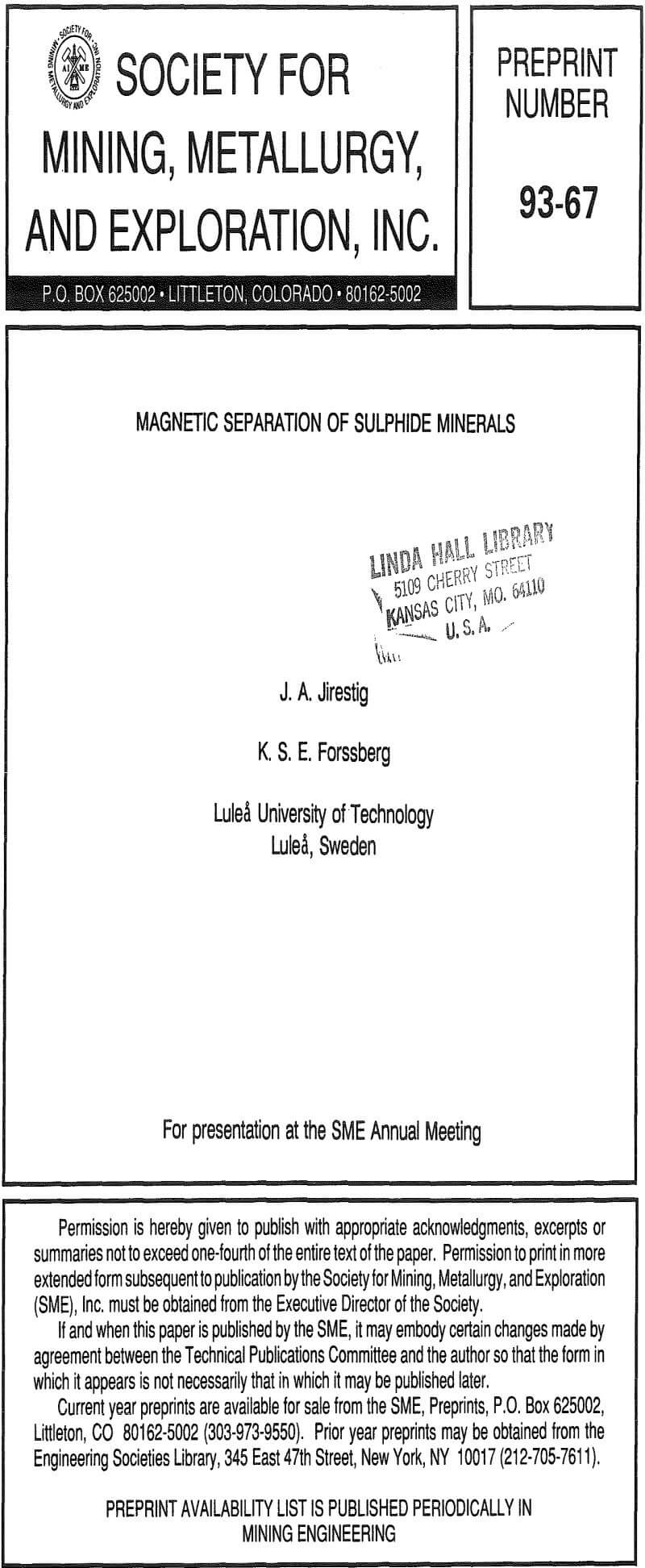Laboratory investigations on the possibility for magnetic separation of sulphide minerals are reported. A survey of several sulphide ores and flotation concentrates shows that magnetic separation in most cases is not a suitable primary method of beneficiation. However encouraging results have been obtained in concentrate purification.
Traditionally magnetic separation is associated with iron bearing materials/ specifically magnetite, as magnetite ore for a long time has been recovered by low intensity permanent magnet separators. In the sixties, high intensity and high gradient magnetic separators were developed mainly for processing hematite. Such equipment generate sufficient magnetic attraction force to capture low magnetic susceptibility particles. These separators also opened the field for magnetic separation of sulphide ores, whose minerals mainly belong to the groups of para- and diamagnetic materials.
The ferromagnetic matrix placed in the magnet deflects the magnetic field and creates a very large magnetic gradient.
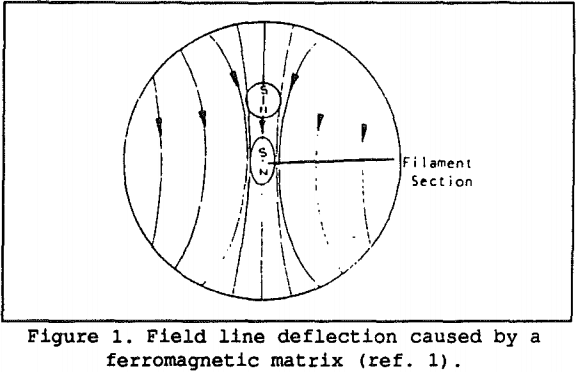
HGMS and WHIMS are available either as cyclic or as continuous carousel separators. In the carousel separator,
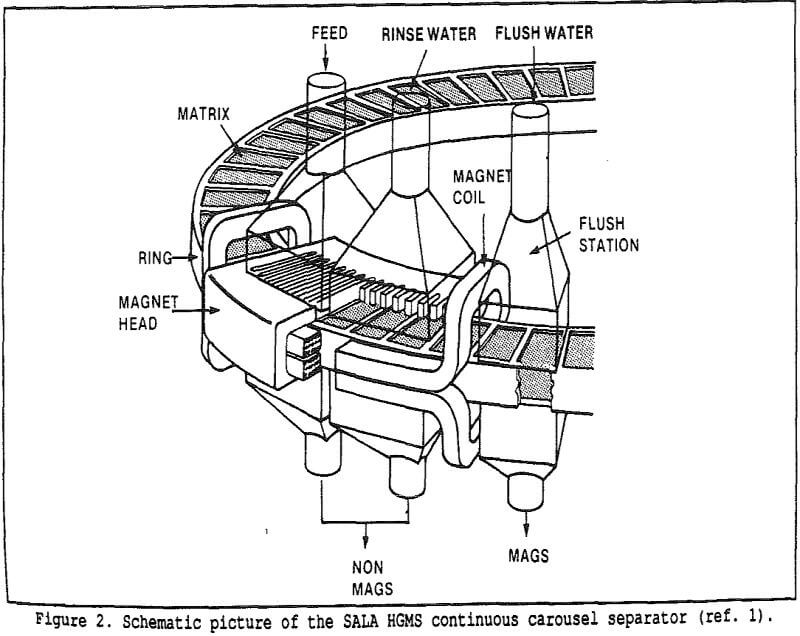
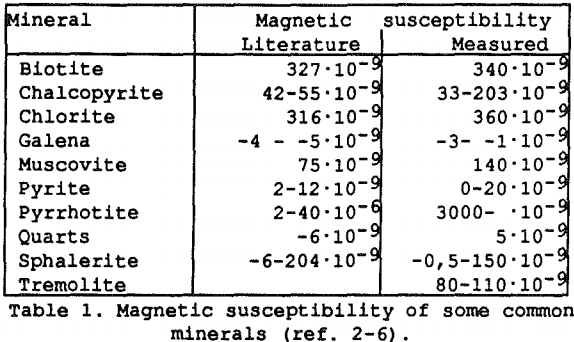
While examining the different samples it also became evident that great variation of the magnetic susceptibility was common for what appeared to be near identical minerals. Even the susceptibilities in reference literature varies. In literature, susceptibility values are often obtained by measurements on very pure or even synthetic minerals. In reality the magnetic susceptibility of minerals is strongly dependent on impurities.
The probability of an individual particle to be attracted and captured by the magnetic field in a separator is increasing with its susceptibility. Therefore the amount of minerals with stronger magnetisation than the value mineral must be considered.
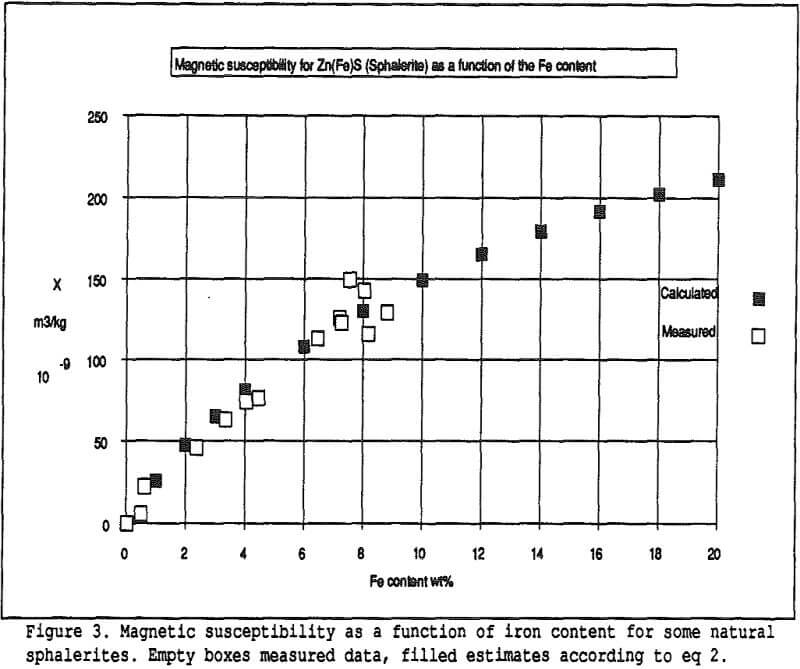
The magnetic susceptibility of each fraction was measured and minerals were identified by microscopy. The data are presented as susceptibility distribution diagrams, showing the minerals occurrence in the susceptibility range of the ore.
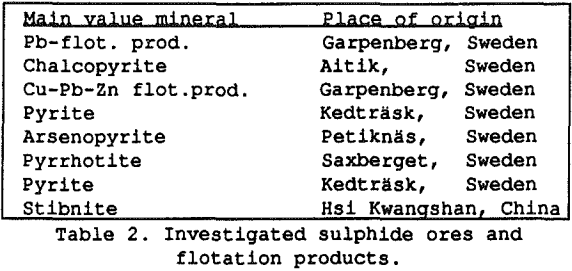
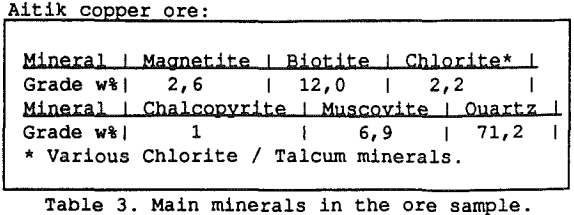
The Garpenberg ore was treated in the A section. The ore was crushed and ground in a primary rod mill and in two secondary ball mills. The ore from Garpenberg Norra was ground in autogenous and pebbles mills in section B. From the cyclone undersize copper and lead are floated in two circuits at pH 8,2. The talcum content is depressed using dextrine. The floated product is separated into a copper concentrate and a lead product at pH 8,2. The lead product is fed to the HGMS. Zinc flotation is done at pH 10,8.
To remove material that would clog the HGMS matrix, the primary lead concentrate from flotation passes a low intensity magnetic separator and a trommel screen. The LIMS removes magnetite and tramp iron while the sieve prevents oversize particles and debris to enter. Immediately before the pulp is fed into the HGMS a thickener and a second screen is passed. After refining of the operating conditions the results of the HGMS separation have steadily improved. In october 1992 we carried out a study of the HGMS circuit. The HGMS reduces the zinc content in the lead concentrate from 10% to about 6%, with little loss of silver. The magnetic product is further upgraded by flotation to ca 35% Zn.
